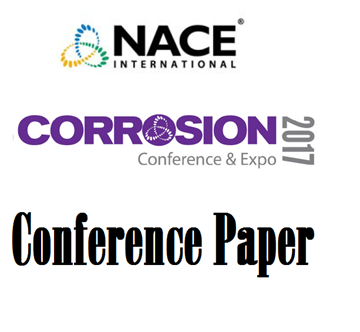Search
Products tagged with 'hydrofluoric acid'
View as
Sort by
Display
per page
05520 The First ETFE Lined Dual-Laminate Equipment: A Case Study, After 13 Years of Service
Product Number:
51300-05520-SG
ISBN:
05520 2005 CP
Publication Date:
2005
$20.00
07570 The Top Ten Corrosion Issues Affecting HF Alkylation Units
Product Number:
51300-07570-SG
ISBN:
07570 2007 CP
Publication Date:
2007
$20.00
51317--9087-A Novel Non-Toxic Method for the Decontamination of Silicate Scales - A Case Study
Product Number:
51317--9087-SG
ISBN:
9087 2017 CP
Publication Date:
2017
$20.00
51318-10863-Behavior of Titanium Exposed to Fresh and Spent Dilute HF Acid Well Stimulation Fluids
Product Number:
51318-10863-SG
Publication Date:
2018
$20.00
51318-11087-Corrosion Behavior of Additively Manufactured Alloy N06210 in acidic solutions
Product Number:
51318-11087-SG
Publication Date:
2018
$20.00
Continuous Corrosion Monitoring In HF Alkylation Units Including The Effects Of Iron Fluoride Scale Build-Up
Product Number:
51322-17489-SG
Publication Date:
2022
$20.00
Corrosion Properties of Ni-44Cr-1Mo Alloy in Acidic Solutions and High Temperature Environments
Product Number:
51317--9052-SG
ISBN:
9052 2017 CP
Publication Date:
2017
$20.00
Effective Inorganic Salt Corrosion Inhibitors for Titanium Components Exposed to Dilute Hydrofluoric Acid Well Stimulation Fluids
Product Number:
51317--8978-SG
ISBN:
8978 2017 CP
Publication Date:
2017
$20.00
Materials and Corrosion Risk Mitigation Associated with Flowback of Acid Stimulation Fluids
Product Number:
51317--8917-SG
ISBN:
8917 2017 CP
Publication Date:
2017
$20.00
NACE Publication 5A171-1995, Materials for Receiving, Handling, and Storing Hydrofluoric Acid
Product Number:
24057-1995
Publication Date:
1995
$179.00










